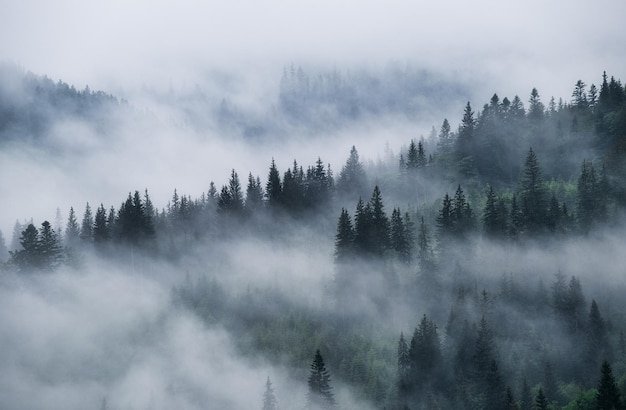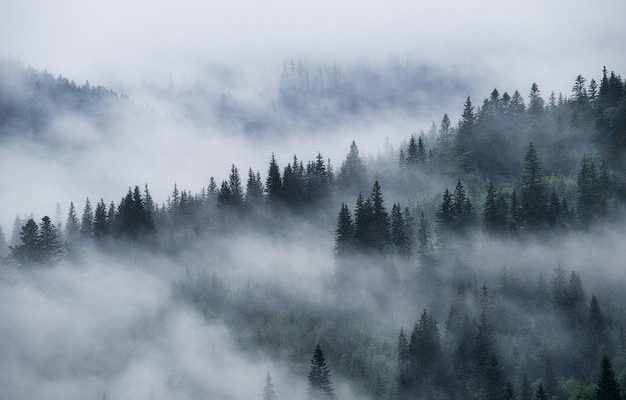
When you think of glow worms, you might picture dim caves or forested areas illuminated by their gentle light. Their glow is not just beautiful; it’s a vital part of their survival. The light emitted by these creatures isn’t just a random act of nature—it’s their way of attracting food and mates. However, without the right conditions, this display can fade into the background. Foggy conditions play a surprising role in making their glow even more visible, so let’s explore how.
The Science Behind Glow Worms
Glow worms are generally not worms at all. They are actually the larvae of beetles from the Lampyridae family. These fascinating insects go through a lifecycle that transforms them from an inconspicuous larva into a glowing adult. The most well-known glow worms are typically found in damp, dark areas where they can thrive.
Their glow comes from a chemical reaction in their bodies known as bioluminescence. This process involves luciferin, a light-emitting compound, which, when combined with oxygen, creates that stunning blue-green light. This glow isn’t just for show. It helps them attract their preferred prey—small insects that get trapped in sticky silk threads they produce. In foggy conditions, this light really stands out against the muted background, making it easier for both the glow worms and their food to spot each other.
You might be wondering how they survive in nature’s unpredictable environments. Glow worms have adapted to thrive in moist, humid regions, using their bioluminescence as a hunting and mating tool. But the presence of fog elevates their visibility from a background glow to a radiant beacon.
How Fog Enhances Visibility
Fog acts like a giant softbox in photography, diffusing and softening light. When it comes to glow worms, the moisture in the air increases the contrast between their vibrant glow and the subdued environment. The tiny water droplets suspended in fog scatter and reflect the light, creating a luminous effect that can make the glow feel more intense and vivid.
In clear conditions, glow worms can sometimes blend into their surroundings, especially if the ambient light is high. However, when fog rolls in, it reduces that competing light, allowing the glow to shine even brighter. Imagine being at a concert where the lights are too bright. You can’t see the stage clearly. Now think about being in a darkened room where the spotlight hits—everything else fades away. That’s the power of fog!
This increased visibility can significantly impact not just the glow worms’ hunting, but their mating rituals too. With more enhanced visibility, male glow worms can better find females, boosting their chances of reproduction.
Choosing the Right Viewing Conditions
If you’re eager to see glow worms in action, timing is everything. While these creatures are generally present year-round in certain regions, foggy nights are the ideal time to head out. The thick mist increases your chances of witnessing their magical glow in all its glory.
Here are some tips for planning your glow worm adventure:
- Check Weather Forecasts: Aim for evenings when fog is expected.
- Pick the Right Location: Areas known for glow worm populations, like caves or damp forests, are best.
- Go Late: The best time to see glow worms is typically after sunset, when the surrounding light fades.
- Bring a Friend: Not only is it more fun, but having someone with you can enhance the experience.
By planning wisely, you may just catch a stunning display when those little lights pierce through the fog.
The Role of Humidity in Glow Worm Activity
Humidity plays a crucial role in the activity level of glow worms. They thrive in moist environments, and their bioluminescence is often more pronounced when humidity is high. When fog blankets an area, it raises the humidity level even further, effectively creating a mini paradise for these creatures.
A damp atmosphere also helps sustain their food sources—small insects that are attracted to the glow. In such conditions, both the glow worms and their prey are more active, increasing the chances of successful hunting and mating.
It’s fascinating to think about how interconnected nature is. The increased humidity not only enhances the glow of the worms but also boosts insect activity, which leads to a more vibrant ecosystem. So, the next time you see fog rolling in, remember, it’s not just a weather condition; it’s a thriving habitat for these incredible creatures.
Why This Matters for Conservation
Understanding how fog enhances glow worm visibility can also shed light on conservation efforts. Many species of glow worms are sensitive to environmental changes, including habitat destruction and pollution. Knowing what conditions benefit them can help in the development of better conservation strategies.
For example, protecting wetland areas where fog is common can ensure that these unique creatures continue to thrive. Conservationists can advocate for maintaining natural habitats and creating awareness about the importance of glow worms in the ecosystem.
Here’s the thing: when we understand how these factors play a role in the survival of glow worms, we can take meaningful steps toward ensuring that they flourish for generations to come.
Foggy conditions bring out the best in glow worms, making their enchanting glow more visible and vibrant. This phenomenon highlights the delicate interconnections within nature—how one factor like humidity can significantly impact an entire species.
So, whether you’re a nature enthusiast or just curious about these glowing wonders, embrace those foggy nights and appreciate the show nature has to offer. If you ever find yourself wandering through a misty forest, keep your eyes peeled; the glow of the worms might be just around the corner!

